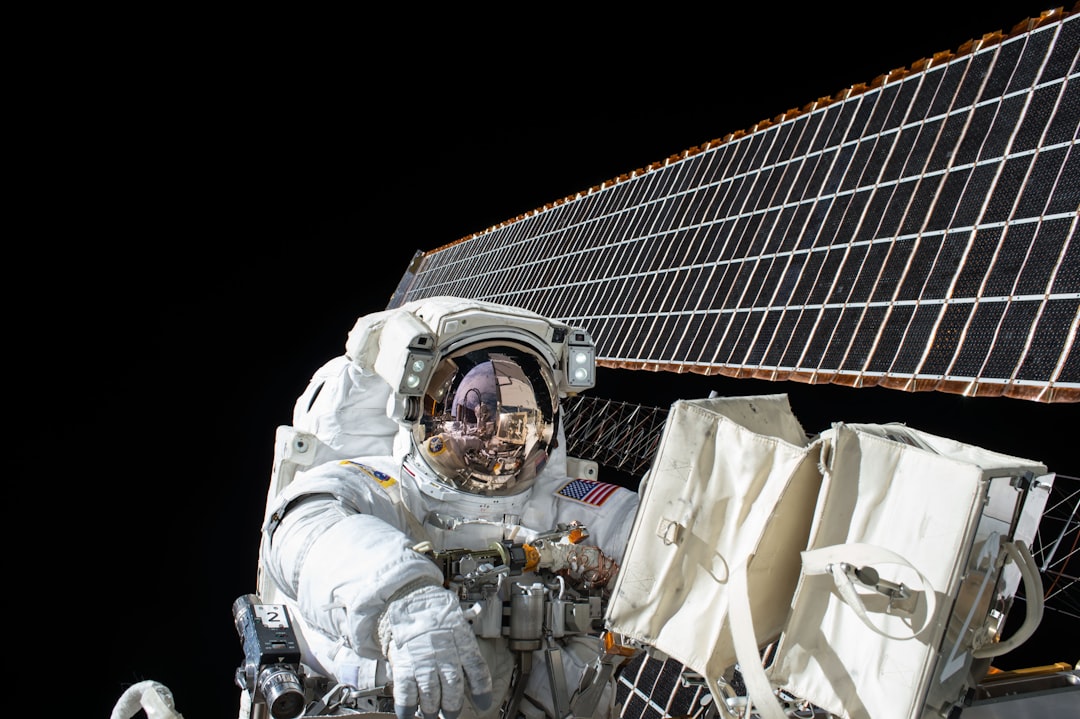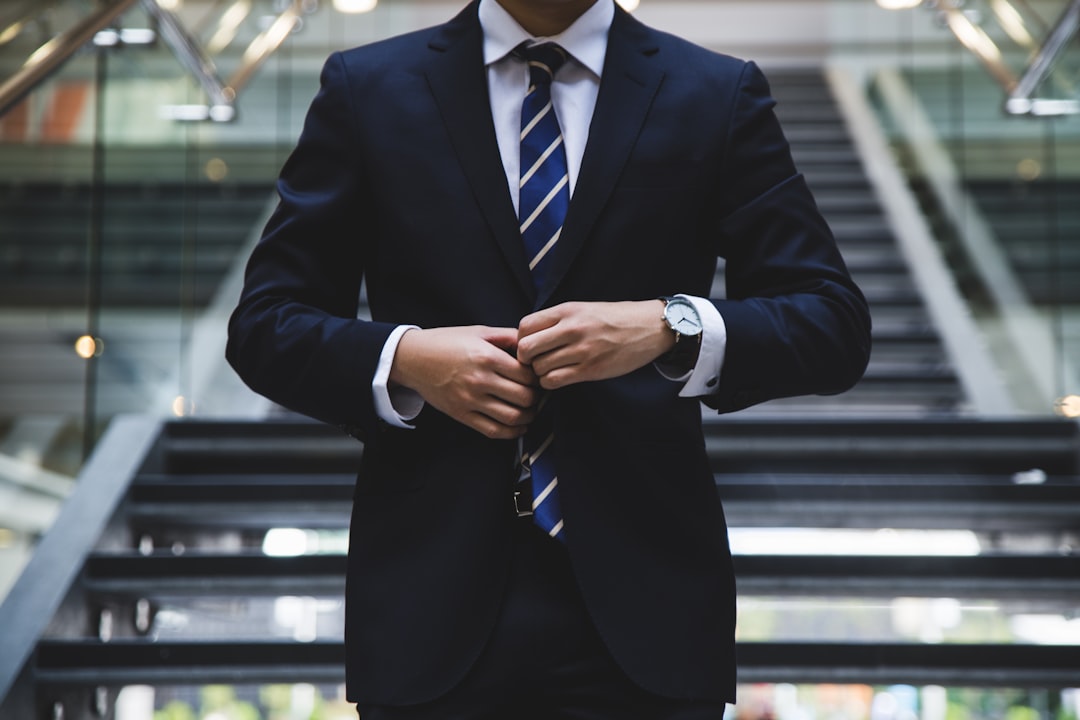What is it about?
Consumer behavior is changing as a result of the COVID-19 pandemic, thus compelling attraction sites to find new ways of offering safe tours to visitors. Based on protection motivation theory, we develop and test a model that examines key drivers of visitors' COVID-19-induced social distancing behavior and its effect on their intent to use virtual reality-based (vs. in-person) attraction site tours during and post-COVID-19. Our analyses demonstrate that visitor-perceived threat severity, response efficacy, and self-efficacy raise social distancing behavior. In turn, social distancing increases (decreases) visitors' intent to use virtual reality (in-person) tours during the pandemic. We find social distancing to boost visitors' demand for advanced virtual tours and to raise their advocacy intentions. Our results also reveal that social distancing has no effect on potential visitors' intent to use virtual reality vs. in-person tours post-the pandemic. We conclude by discussing vital implications that stem from our analyses.
Featured Image

Photo by Elizeu Dias on Unsplash
Why is it important?
Consumer behavior is changing as a result of the COVID-19 pandemic, thus compelling attraction sites to find new ways of offering safe tours to visitors. Based on protection motivation theory, we develop and test a model that examines key drivers of visitors' COVID-19-induced social distancing behavior and its effect on their intent to use virtual reality-based (vs. in-person) attraction site tours during and post-COVID-19. Our analyses demonstrate that visitor-perceived threat severity, response efficacy, and self-efficacy raise social distancing behavior. In turn, social distancing increases (decreases) visitors' intent to use virtual reality (in-person) tours during the pandemic. We find social distancing to boost visitors' demand for advanced virtual tours and to raise their advocacy intentions. Our results also reveal that social distancing has no effect on potential visitors' intent to use virtual reality vs. in-person tours post-the pandemic. We conclude by discussing vital implications that stem from our analyses.
Perspectives
Consumer behavior is changing as a result of the COVID-19 pandemic, thus compelling attraction sites to find new ways of offering safe tours to visitors. Based on protection motivation theory, we develop and test a model that examines key drivers of visitors' COVID-19-induced social distancing behavior and its effect on their intent to use virtual reality-based (vs. in-person) attraction site tours during and post-COVID-19. Our analyses demonstrate that visitor-perceived threat severity, response efficacy, and self-efficacy raise social distancing behavior. In turn, social distancing increases (decreases) visitors' intent to use virtual reality (in-person) tours during the pandemic. We find social distancing to boost visitors' demand for advanced virtual tours and to raise their advocacy intentions. Our results also reveal that social distancing has no effect on potential visitors' intent to use virtual reality vs. in-person tours post-the pandemic. We conclude by discussing vital implications that stem from our analyses.
Dr Omar S. Itani
Univeristy of texas at arlington
Read the Original
This page is a summary of: Light at the end of the tunnel: Visitors' virtual reality (versus in-person) attraction site tour-related behavioral intentions during and post-COVID-19, Tourism Management, June 2021, Elsevier,
DOI: 10.1016/j.tourman.2021.104290.
You can read the full text:
Resources
https://doi.org/10.1016/j.tourman.2021.104290
https://doi.org/10.1016/j.tourman.2021.104290
https://doi.org/10.1016/j.tourman.2021.104290
https://doi.org/10.1016/j.tourman.2021.104290
model
https://www.sciencedirect.com/science/article/pii/S0261517721000091?via%3Dihub#fig1
DOI
https://www-sciencedirect-com.ezproxy.uta.edu/science/article/pii/S0261517721000091
Contributors
The following have contributed to this page










